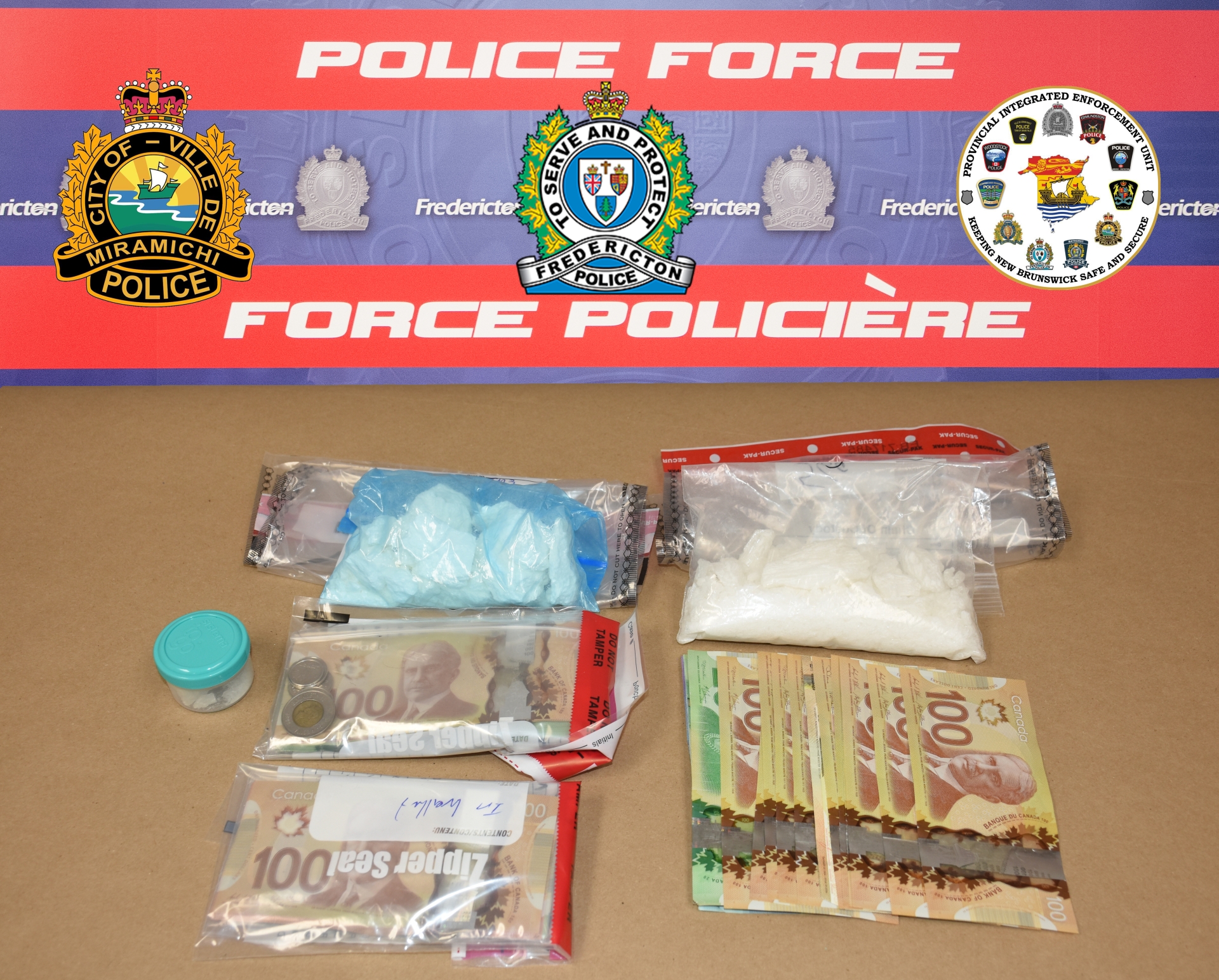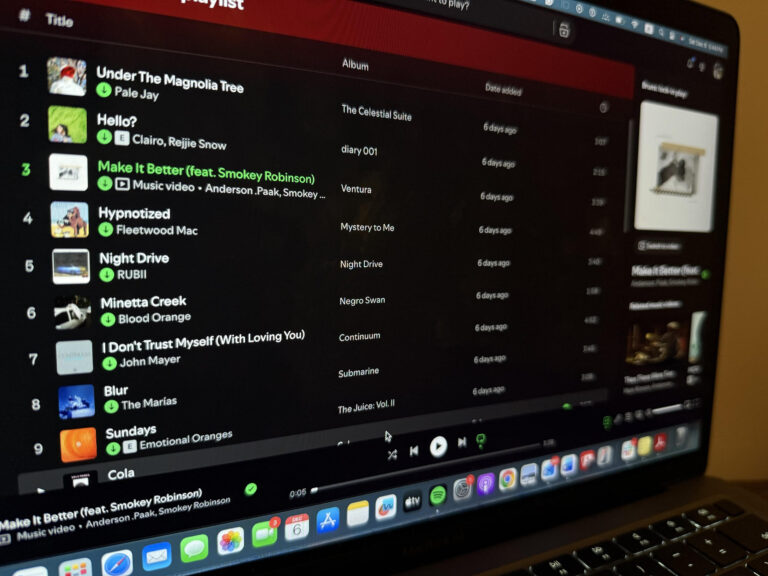Cover photo credit: City of Fredericton website On Friday, September 18th, 2025, the Miramichi and Fredericton integrated enforcement units (IEUs) arrested two drug traffickers and seized $20,000 worth of illegal drugs on Fredericton's Northside. According to the City of Fredericton, the seizure included cocaine, methamphetamine, and $1300 in cash. Despite this successful raid, there are …
$20,000 Drug Raid on Fredericton’s Northside Prompts Discussion of Criminal Procedures and Rehabilitation in New Brunswick

Cover photo credit: City of Fredericton website
On Friday, September 18th, 2025, the Miramichi and Fredericton integrated enforcement units (IEUs) arrested two drug traffickers and seized $20,000 worth of illegal drugs on Fredericton’s Northside.
According to the City of Fredericton, the seizure included cocaine, methamphetamine, and $1300 in cash.
Despite this successful raid, there are still many drug trafficking networks and people suffering addictions on a municipal and provincial level. In 2022, the province reported its highest recorded rate of drug-related deaths. The following year, the government distributed record quantities of naloxone, a drug which reverses the effects of opiates, to get overdose deaths under control.
A New Brunswick police sergeant explained there are myriads of illegal drugs circulating throughout the major hubs of New Brunswick, such as Saint John, Fredericton, and Miramichi. This sergeant agreed to an interview on the condition of remaining anonymous.
She commended the use of IEUs in targeting drug-related crimes. She explained that, like in the Northside drug trafficking case, drug networks often span across multiple jurisdictions:
“[IEUs] provide access to multiple databases … resources that [some branches] may not have … and enough officers to create a solid team.”
She emphasized that these extra resources are essential to solving drug-related crime:
“Looking locally does not … provide the full picture … [IEU resources] are one hundred percent the way to go [when policing drug networks.]”
She claimed that, in her experience, people addicted to drugs are “in survival mode” and “terrified of getting sick” from withdrawal. This fear of withdrawal keeps them locked in a perpetual state of addiction and often causes them to resort to other criminal behaviors in desperation to fund their drug use.
She attributed the number of drug-related crimes in the province on bad policy, poorly executed reforms, and a lack of internal and external resources, claiming she has,
“Seen multiple cases where people go to court for failing to comply with a release order [only to leave] released on another order … It is almost impossible to keep someone in custody.”
Due to judicial reforms, judges are under immense pressure to release accused persons back into the community if they do not have overwhelming proof that they will reoffend while on conditions.
The sergeant expressed that people with active addictions have no support or incentive to resolve their behavior under this model, so they typically return to offending upon release.
“I feel that if [the courts] would hold someone for the first offense, we would not always have 16 files on the same person.”
However, she explained that overflowing jails make holding people in custody for low-level crimes impossible. Oftentimes, offenders are released on a temporary absence, where they can serve their sentence on house arrest or strict conditions by wearing an ankle bracelet. Though she explained that “there is nobody to enforce” their conditions, increasing recidivism rates.
The sergeant acknowledged the benefits of reformative and progressive policing and punishment. She claimed that she was “all for learning about other models” and has “looked ahead to community policing initiatives.” However, she feels that attempts at reform within the province have been mismanaged and contributed to more extensive problems.
As an example, she cited the decline of Portage, a youth rehab facility in New Brunswick, which the interviewee claimed was once a state-of-the-art program.
“Fifteen years ago, it was amazing. Nobody came out of there unsuccessful.”
The sergeant lamented that about 10 years ago, with the introduction of new policy, youth offenders were automatically sentenced to Portage rather than disciplinary institutions. This combined those who were keen to recover with people who had no interest in rehabilitation. She feels that this:
“Made a mockery of what was an excellent program.”
The result being a vastly oversimplified response to addictions in youth and downloading immense responsibility onto one facility. The Brunswickan reached out to the New Brunswick Department of Justice regarding the criticisms, but did not receive a comment in time for publication.
Keep in touch with our news & offers
Subscribe to Our Newsletter
Thank you for subscribing to the newsletter.
Oops. Something went wrong. Please try again later.






